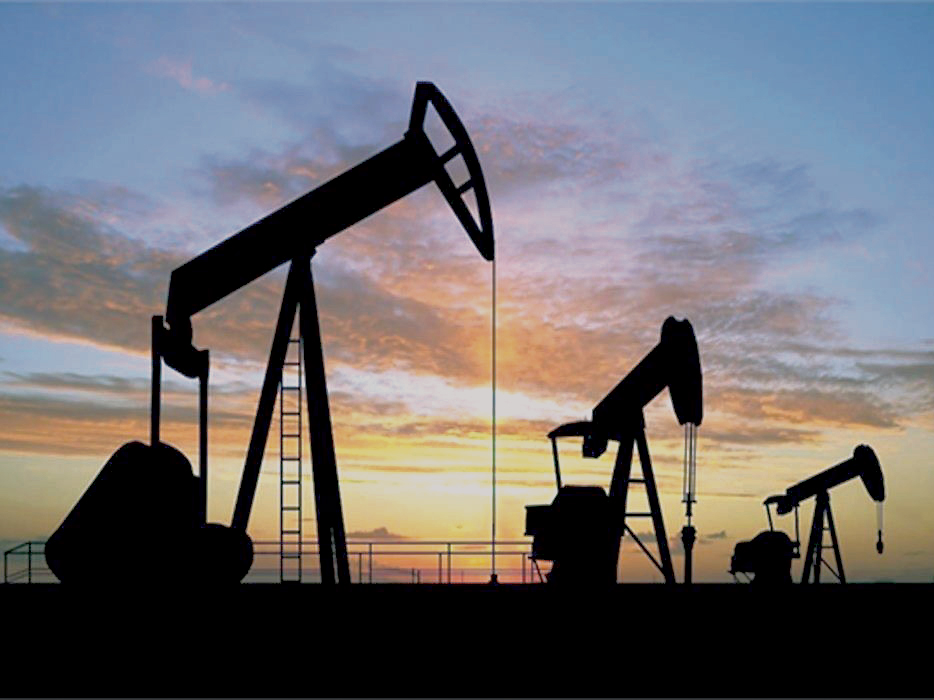

By Samuel Kutty — MUSCAT: APRIL 8 - Oman crude is back in a positive orbit buoyed by an increase of $1.35 per barrel for its June 2017 delivery.
According to Dubai Mercantile Exchange (DME), the price has settled at $54.49 per barrel on Friday as compared to $53.14 on Thursday.
For the April delivery, Omani crude gained $1.19 to reach $55.12 a barrel. At global level, Brent crude futures hit a one-month intraday record of $56.08 per barrel on the last day of trading on Friday. Analysts expect the rising crude to help Oman narrow its fiscal deficit as the average oil prices are on the verge of crossing the budgeted break-even price.
“On the back of the rise in higher oil prices and gradual increase in revenues from different sources like taxes, the deficit will narrow down”, said Tareq al Lawati, an analyst with a finance company. The monthly average price of the DME, which is used by Oman to set its official selling price, has reached an approximate RO 44.50 per barrel so far in the first three months of the current year. “This means the price is nearing the budgeted break-even level of $45 mark”, he said.
According to analysts at Gulf Baader Capital Market, the fiscal deficit for 2017 would be lower than the budgeted levels with the oil price ranging within $50-55 per barrel.
“On a possibility of production cut extension by Opec and non-Opec members, oil price should trend further higher (closer to $58‐60)”, the analysts said in a report.
The government has initiated several measures to increase revenue and also lowering subsidies, which will benefit in reduced deficit, they added.
“Optimism is growing about the economic situation of Oman thanks to the focused development plan with focus on diversification, prioritisation of public investment, the forthcoming foreign investment law and growth plans for SMEs”, said Louay Badie al Bataina, CEO of Ubar Capital.
Global rating agency Moody’s expects Oman’s 2017 fiscal deficit to narrow substantially to RO 3.1 billion or 11.4 per cent of GDP from an estimated RO 5 billion. Helped by higher oil prices, hydrocarbon revenues are expected to start to gradually rise from 2017. Non-oil revenues will also gradually increase over the coming years, backed by a re-pricing of government services, the corporate income tax rate increase, and the expected introduction of value-added tax from 2018 onwards. Crude oil traded to an almost one-month high following US missile strike on a Syrian air base while the dollar rose after weak US jobs report. Gold climbed to a five-month high before easing and yields on risk-averse benchmark US Treasuries briefly slid to four-month lows.
The toughest US action in Syria’s six-year-old civil war raised geopolitical uncertainty in the Middle East and initially hit assets considered higher risk such as equities.
Oman Observer is now on the WhatsApp channel. Click here



